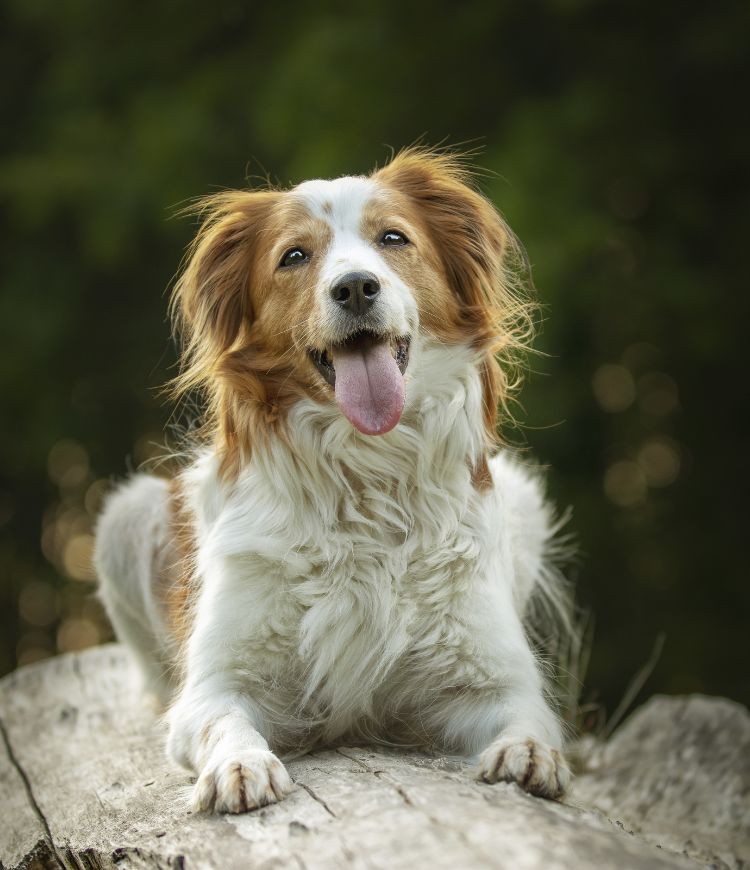Pet Anesthesia & Patient Monitoring
Associate Pet Hospital provides anesthesia services for pets, ensuring their comfort and safety during surgical procedures. We also offer thorough patient monitoring to ensure a successful recovery.
Pet Anesthesia & Patient Monitoring in Swift Current, SK

Pet Anesthesia & Patient Monitoring
Many pet owners are scared of having to put their pets under anesthesia. This anxiety and uncertainty can sometimes keep pets from receiving the medical attention they require and deserve. Our dedicated professionals will ensure your pet receives safe, comprehensive, sophisticated anaesthetic care. We can meet your pet’s anaesthetic needs, from extensive and minor surgeries to diagnostic procedures.
Nothing is more important to us than your pet’s safety. We run several pre-anaesthetic tests to thoroughly screen patients and personalise our anaesthetic protocol to your pet’s needs. Our skilled staff and doctors monitor your pet before, during, and after anesthesia to ensure the best possible outcome. We also take the time to answer any questions or address any concerns you may have about your pet’s meds, monitoring, and care. When you entrust your pet’s anaesthetic care to our trained healthcare professionals, you can be confident that safety, efficacy, and comfort are always top priorities.
Learn more about our pet anesthesia and patient monitoring.
Local Anesthesia
Tanquilization/Sedation
General Anesthesia
It is highly probable that sometime during his or her lifetime your pet will need to undergo general anesthesia. Routine surgeries such as spays and neuters are done this way. Although small, there are always risks with general anesthesia. We have a series of criteria that we follow to ensure that your pet is as safe as possible.
- We will ask you a series of questions about your pet regarding previous health problems.
- We strictly make sure you do not allow your pet food the night prior to surgery.
- We do a full physical exam beforehand.
- We recommend diagnostic blood work, even in animals that appear to be healthy. The blood work can serve as a baseline to what is normal in that particular animal since there is a range of normals. We can then use that as a reference later if your pet does in fact become sick. It also comes at a reduced cost when undergoing anesthesia.
- We will use the appropriate drugs for any condition your pet may have.
- We place a tube in the trachea to administer the gas agents and to keep the airway open.
- We continually monitor vital signs while under anesthetic.
- We have a group of emergency drugs and trained staff always ready and waiting if the need arise. Fortunately, we seem to only make contact with these when we are dusting.

